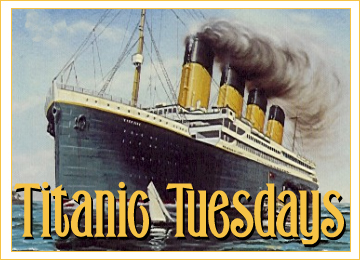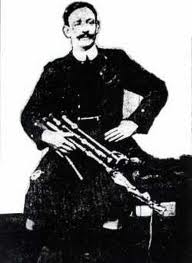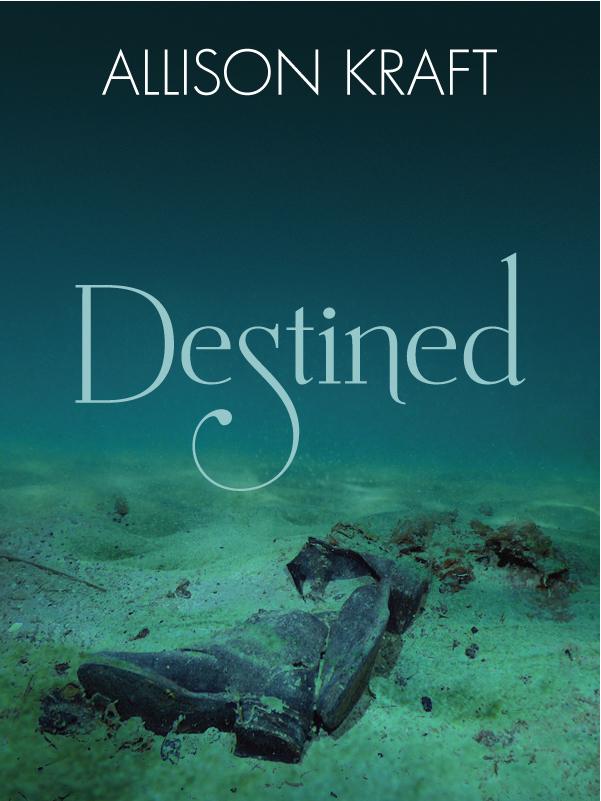So far, this year has been a lot busier than I’d anticipated. Good, I suppose, except that I would have liked more of that busyness to be writing-related. Maybe that will be the second half of my year. *fingers crossed* Instead, I’ve been busy with day job stuff, family stuff and more fun (but still not writing-related) trip-to-Paris-planning stuff.
If I find inspiration for a new book while in Paris, can I claim the trip as a business expense? ;)
I admit I’m using blogging today as a tool to procrastinate. I’m in the middle of re-designing our website at the day job, and after spending all week slowly re-coding the old pages to the new layout, I needed a break. Tomorrow, I’m going to see the Hunger Games movie (woo!), so I feel a little guilty that I’m using my one free weekend day to slack off, but that’s what weekends are made for, right?
I do have a feel things of note to mention, but before I get to the actual updating, I felt this post needed a pretty picture. A few weeks back, I took a photography tour at one of my most favorite places, Big Cat Rescuse. It was a Christmas present (thanks, Mom & Dad!), and while the cats weren’t as active as I had hoped, I managed to get some nice shots. Everything, in my opinion, is made better with cats. Especially gorgeous ones like this cougar.

Now for the updates. The next few months are going to be busy for me. Not only will I be editing my next book and preparing for my Paris trip in May, but April is the 100th anniversary of the Titanic disaster. Because of this, I’m aiming to do some extra promotion for DESTINED, in the hopes that whatever interest the anniversary raises will trickle down to me in the form of new readers.
First bit of promotion: I’m donating a copy of DESTINED to Ruby’s Reads Birthday Giveaway Hop, which will be happening from April 12-24. When I have more details, I’ll be sure to post them here.
Second, I’m going to be doing my very own (and very first) blog tour. It’s a short one, due to the late notice (I only got the idea last week. Whoops!) and because it coincides with the Titanic anniversary, which is less than a week. The blog tour will run for 5 days, from April 10 – April 14. The wonderful Parajunkee is organizing it for me, and is currently finalizing the list of bloggers that will be involved. If this tour goes well, I’ll probably do a longer one for the release of my next book. (If I ever find enough time to get the damn thing edited!) Again, I’ll update here once I know more.
Third, I’m hoping to do a series of posts here that same week about the Titanic, as a kind of tribute to the ship’s maiden—and final—voyage. It will depend on if I have the time to write that many posts in advance, but my aim is to do something each day about that corresponding day of the voyage, along with a short spoiler-free snippet from DESTINED that goes along with the day featured.
In blog-related news, thanks to a post I stumbled across today over at Fiction VIxen’s blog, I discovered my own blog settings weren’t really optimal. I’ve remedied that, and now anyone can comment to my posts without having to log in or register somewhere first, and no one should have to use Captcha anymore. Hopefully these new settings won’t get me spammed to high heaven. I really want this blog to be user-friendly, and since I personally hate dealing with Captcha and don’t comment if I have to register first, it was pretty hypocritical to expect my own readers to deal with both roadblocks. I promise, it was never intentional. It must have been the default Blogger settings, and I never caught them before. So thank you to Fiction Vixen for inspiring me check it out!
Now that the updates are out of the way, I think I’m going to use the what’s left of my afternoon editing the still-untitled (I suck at titles) next book.


 Another Irish passenger that has more information available, and connects more directly to my own book, is Eugene Daly. Daly was 29 years old when he boarded the Titanic in Queenstown, and was most known later for playing “Erin’s Lament” on his uilleann pipes (similar to bagpipes) while the ship left port. A third class passenger, he sat out on the bow and played, a somber farewell to his homeland. According to the
Another Irish passenger that has more information available, and connects more directly to my own book, is Eugene Daly. Daly was 29 years old when he boarded the Titanic in Queenstown, and was most known later for playing “Erin’s Lament” on his uilleann pipes (similar to bagpipes) while the ship left port. A third class passenger, he sat out on the bow and played, a somber farewell to his homeland. According to the 







